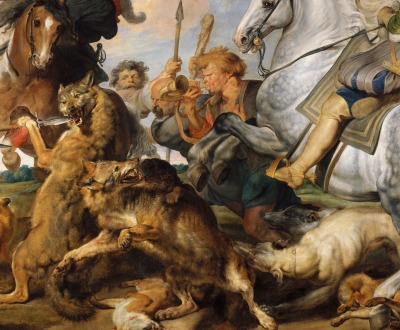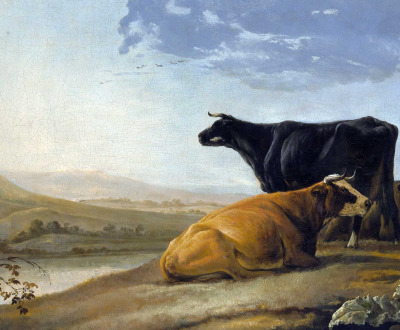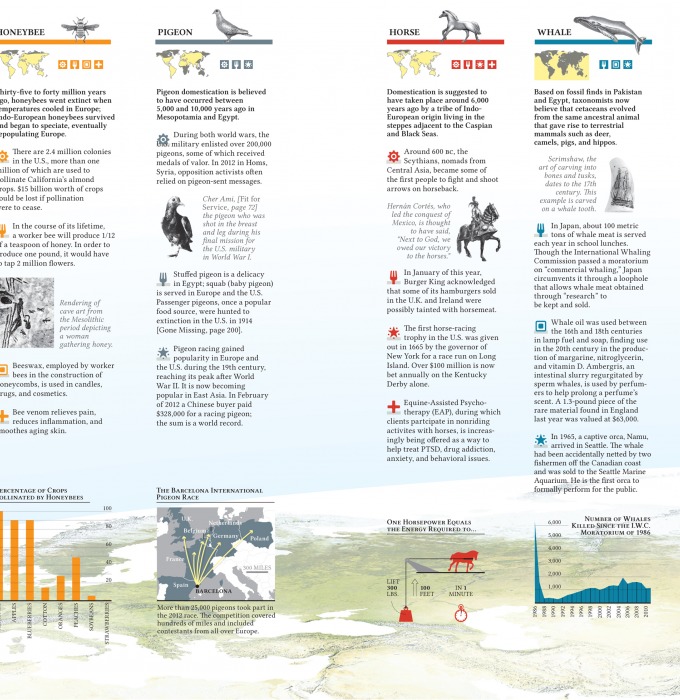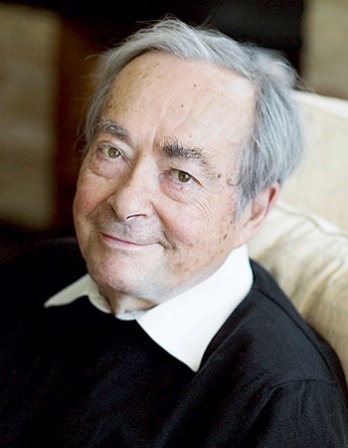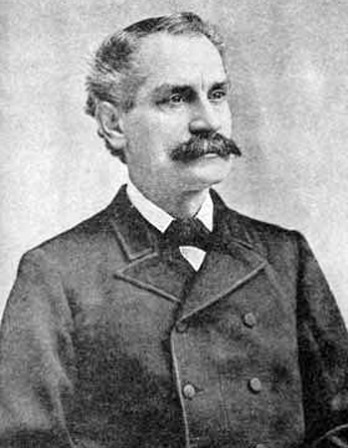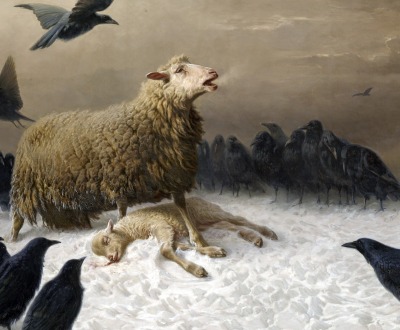
Anguish, by August Friedrich Albrecht Schenck, c. 1878. National Gallery of Victoria, Melbourne.
VIEW:
Miscellany
In 1872, railroad magnate and racehorse owner Leland Stanford hired Eadweard Muybridge, then famous for his photographs of Yosemite Valley, to capture evidence on film that at a certain point in a horse’s trot, all four of its legs were simultaneously off the ground. Five years later, Muybridge developed a camera with a shutter speed of 2/1000 of a second, fast enough to prove Stanford correct. Muybridge went on a lecture tour with a device of his own design, the zoopraxiscope, which, through the rapid projection of photographic images, created the illusion of continuous movement.
Every creature in the world is like a book and a picture, to us, and a mirror.
—Alain de Lille, c. 1200